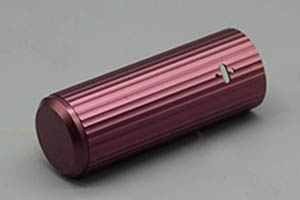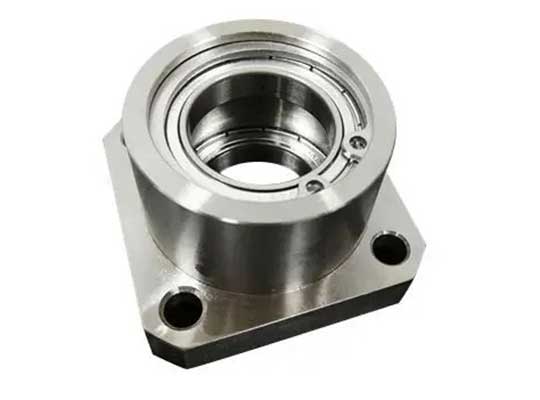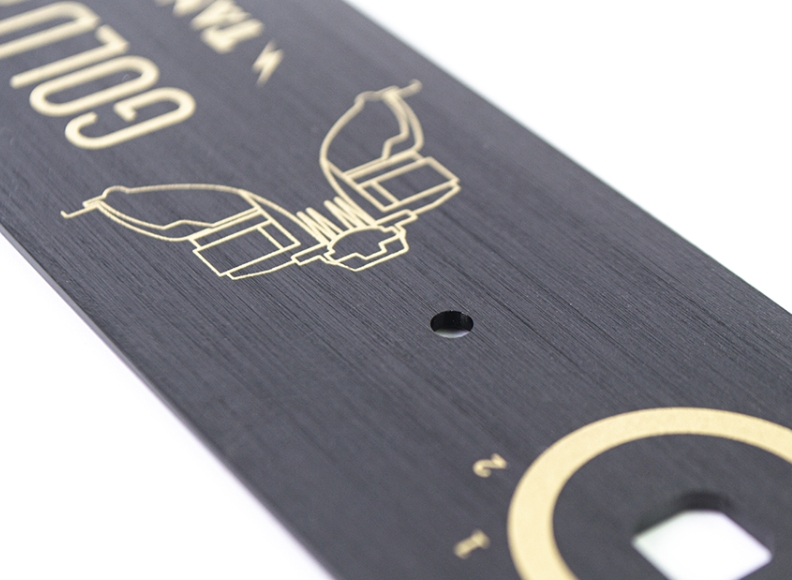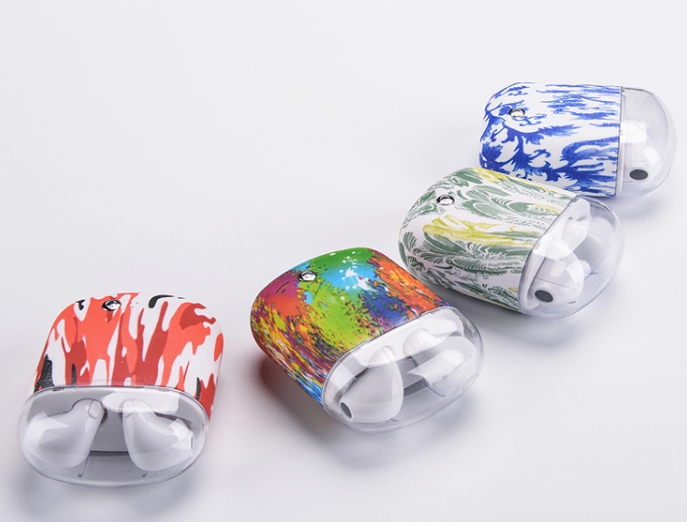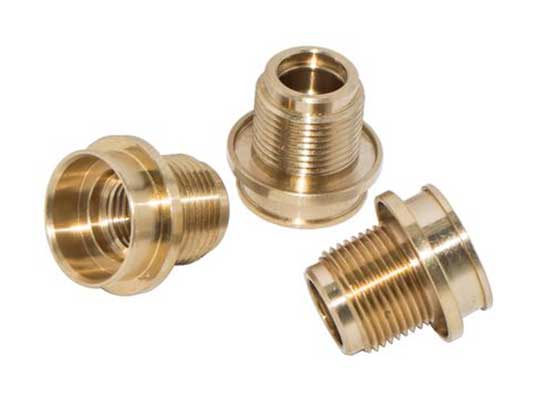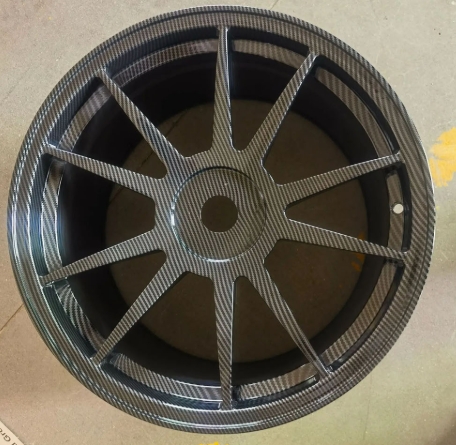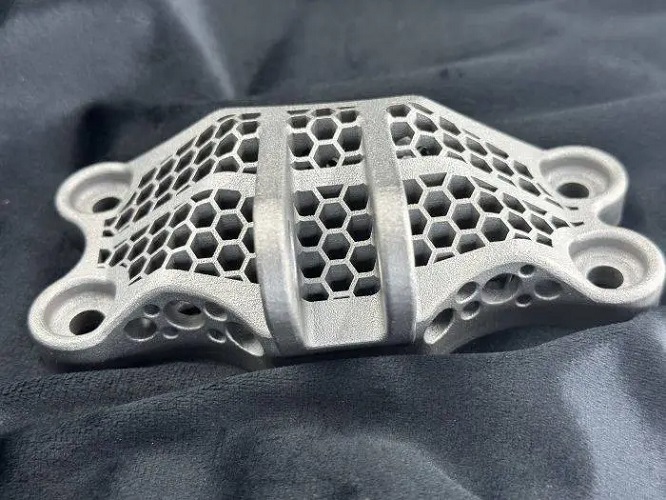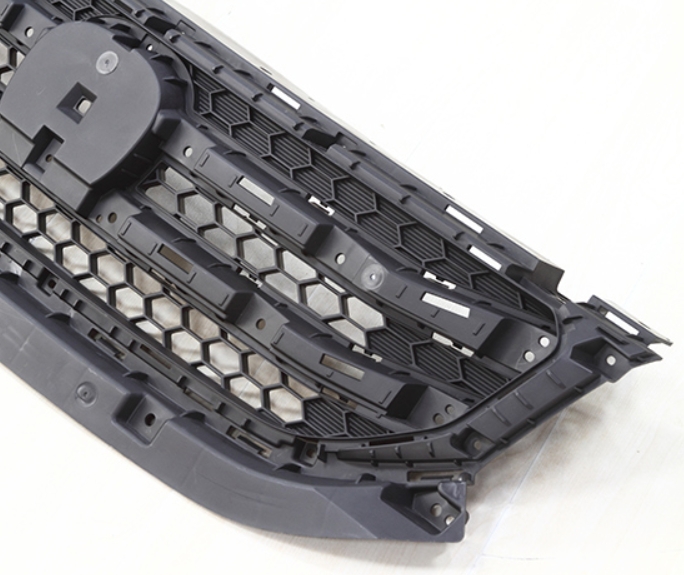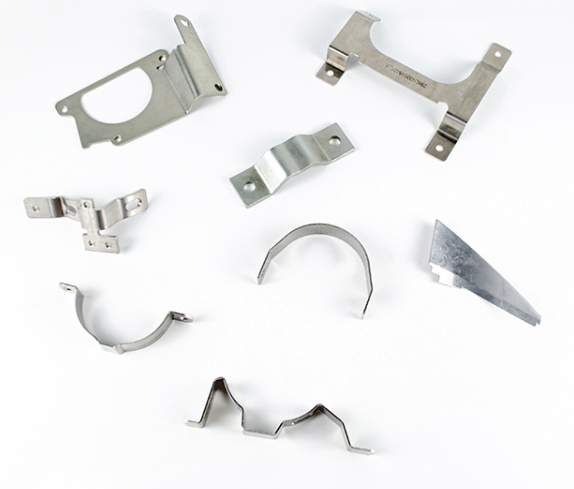If you’ve ever wondered why some manufacturing projects use CNC machines while others opt for 3D printers, the answer often lies in the materials. These two dominant manufacturing technologies—one subtractive, one additive—handle materials in fundamentally different ways, and those differences shape everything from part strength to production costs. Dalam panduan ini, we’ll break down exactly how CNC machining and 3D printing differ when it comes to materials, helping you decide which technology is right for your next project.
The Fundamental Material Philosophy: Additive vs Subtractive
Before diving into specific materials, it’s crucial to understand the core difference in how these technologies approach material usage.
3D Percetakan is an additive process. This means it builds parts layer by layer, adding material only where it’s needed. Think of it like building a sandcastle with a squeeze bottle—you deposit material precisely according to your design. This approach minimizes waste and allows for complex geometries that would be impossible with other methods.
Pemesinan CNC, Sebaliknya, is subtractive. It starts with a solid block (or billet) of material and removes excess to create the desired shape. Imagine carving a statue from a block of marble—that’s essentially how CNC works. This method relies on the material’s original properties remaining intact throughout the process.
This basic distinction explains many of the material differences we’ll explore, from waste production to available options and final part properties.
Pemilihan bahan: What Each Technology Can Work With
One of the most significant differences between CNC machining and 3D printing lies in their material compatibility. Let’s take a closer look at what each technology can handle.
CNC Machining Materials: Virtually Unlimited Options
CNC machining truly shines when it comes to material versatility. Because it works by removing material from a solid block, it can handle almost any engineering material you can name. Here’s a breakdown of the most common categories:
- Logam: Aluminium, Keluli tahan karat, Titanium, tembaga, Tembaga, magnesium, and even exotic alloys like Inconel and Hastelloy. CNC machines can easily handle both soft and hardened metals.
- Plastik: Abs, Nylon, polikarbonat (Pc), Mengintip, acetal (Delrin), PVC, Teflon, and many more engineering plastics.
- Wood and composites: Various hardwoods, plywood, and composite materials like carbon fiber-reinforced polymers.
- Specialty materials: Kaca, stone, foam, and even some ceramics can be CNC machined with the right tools.
The key advantage here is that CNC isn’t limited by how materials need to be deposited or cured—if it comes in a solid block form, it can likely be machined. This makes CNC the go-to choice when specific material properties are non-negotiable.
3D Printing Materials: Growing but Still Limited
3D printing materials have expanded dramatically in recent years, but they’re still more limited than CNC options. Availability depends heavily on the specific 3D printing technology being used. Here are the main categories:
- Plastics and polymers: The most common 3D printing materials. PLA, Abs, Petg, Nylon, TPU (fleksibel), and specialty filaments like carbon fiber-reinforced plastics.
- Resin: Photopolymer resins cured by UV light, available in various formulations for different properties (fleksibel, rigid, high-temperature).
- Logam: Titanium, Keluli tahan karat, aluminium, and precious metals like gold and silver can be 3D printed using processes like SLM (Selective Laser Melting) or binder jetting, though these require industrial-grade printers.
- Specialty materials: Ceramics, concrete, food materials, and even biological materials for medical applications, though these are niche applications.
3D printing materials must be formulated to work with specific printing processes—whether that means being extrudable through a nozzle, sinterable by a laser, or curable by light. This formulation requirement limits the available options compared to CNC machining.
| Jenis Bahan | CNC Machining Compatibility | 3D Printing Compatibility |
| Logam | All common and exotic metals | Limited to specific metals (Titanium, keluli, aluminium) with industrial printers |
| Plastik | All engineering plastics | Specific filaments and resins formulated for 3D printing |
| Wood | Ya | Terhad (specialty wood filaments with mixed results) |
| Composites | Ya, including carbon fiber | Limited to fiber-reinforced filaments |
| Ceramics | Terhad (with special tools) | Limited to specialty ceramic printers |
| Kaca | Ya (with special tools) | Very limited niche applications |
Material Properties: How Processing Affects Final Part Characteristics
It’s not just about what materials each technology can use—it’s about how the processing changes those materials’ properties. This has major implications for part performance.
Strength and Structural Integrity
CNC machined parts retain the full strength of the original material. Because you’re simply removing material from a solid block, the material’s internal structure remains unaltered. A CNC-machined aluminum part has the same tensile strength, kekerasan, and fatigue resistance as the original aluminum billet.
3D printed parts often have reduced or anisotropic (direction-dependent) kekuatan. This is because they’re built layer by layer, creating potential weak points between layers. Contohnya:
- FFF (Fused Filament Fabrication) printed ABS parts may only have 10-20% of the strength of solid ABS
- SLS (Sintering laser selektif) nylon parts can reach close to 100% of solid nylon strength, but still exhibit some anisotropy
- Metal 3D printed parts can achieve near-isotropic properties with proper post-processing, but rarely match the consistency of CNC machined metal
Density and Porosity
CNC machining produces parts with the original material’s density since no new material bonds are created. The material remains as dense as it was in its original billet form.
3D Percetakan, depending on the process, can introduce porosity. SLA resin prints are generally dense, but FDM prints have tiny gaps between layers. Metal 3D printing often requires hot isostatic pressing (HIP) to eliminate porosity, adding time and cost to the process.
Heat Resistance and Chemical Resistance
CNC machined parts maintain the full heat and chemical resistance of the base material. A CNC-machined PEEK part, contohnya, retains PEEK’s excellent high-temperature performance.
3D printed parts may have reduced heat or chemical resistance due to:
- Changes in material properties during printing (like resin curing)
- Porosity that allows chemicals to penetrate
- Layer boundaries that can fail under thermal stress
Kemasan permukaan
CNC machining can achieve extremely smooth surface finishes, often as low as 0.8 μm in roughness, depending on the tooling and settings. The surface finish is consistent across the entire part and can be controlled through programming.
3D printed parts typically have visible layer lines, resulting in higher surface roughness (around 15 μm for FDM). While post-processing can improve this, it adds time and cost. The Z-resolution (layer height) directly impacts surface quality, with smaller layers creating smoother surfaces but taking longer to print.
Kecekapan bahan: Waste and Cost Considerations
How each technology uses materials has significant cost and sustainability implications.
Material Waste
CNC machining inherently produces waste. The amount depends on the part’s geometry—simple shapes might use 50% of the original block, while complex shapes could waste 90% or more of the material. This waste isn’t always recyclable, especially for certain plastics and composites.
3D printing is far more material-efficient. Since it only adds material where needed, waste is typically less than 10% of the material used. Some 3D printing processes even allow for recycling unused powder (like SLS) or support structures.
Material Cost Factors
While 3D printing is more material-efficient, its materials are often more expensive per unit volume:
- 3D printing filaments can cost 5-10x more than equivalent bulk plastics
- Metal 3D printing powders are significantly more expensive than metal billets for CNC machining
- Specialty resins for SLA/DLP printing are pricier than comparable plastics in sheet form
CNC machining’s higher waste rate can offset its lower material costs for small production runs. Walau bagaimanapun, for large volumes where setup costs are spread out, CNC often becomes more cost-effective despite the material waste.
How Material Choices Impact Design Freedom
The materials each technology uses directly influence what you can design and produce.
3D Percetakan: Unrestricted by Material Access
3D printing’s additive nature and material deposition methods allow for designs that would be impossible with CNC machining, termasuk:
- Complex internal structures and lattices
- Overhangs and undercuts without additional support
- Hollow parts with internal features
- Organic shapes that follow natural stress patterns
These design possibilities exist partly because 3D printing doesn’t require tool access to all areas of the part. The material is built up layer by layer, so even deeply recessed features can be created.
Pemesinan CNC: Limited by Tool Access
CNC machining’s material removal process creates design constraints:
- Undercuts require special tools or multiple setups
- Deep cavities are challenging due to tool length limitations
- Internal features must be accessible to cutting tools
- Minimum radii are determined by tool sizes
These constraints mean that while CNC can produce highly precise parts, it struggles with the same complex geometries that 3D printing handles easily.
Practical Applications: Matching Materials to Manufacturing Needs
Understanding material differences helps in choosing the right technology for specific applications.
When to Choose CNC Machining for Material Reasons
CNC machining is preferable when:
- You need the full mechanical properties of a specific material
- High precision and surface finish are critical
- You’re working with materials not available for 3D printing
- Production volumes are medium to high (spreading setup costs)
- Parts will be subject to high stress, haba, or chemical exposure
Common applications include aerospace components, medical devices requiring specific metal alloys, and precision mechanical parts.
When to Choose 3D Printing for Material Reasons
3D printing is the better choice when:
- Material efficiency is a priority (mengurangkan sisa)
- You’re working with complex geometries that would waste too much material in CNC
- You need low-volume production without high setup costs
- You’re prototyping and need quick material iterations
- You’re using specialty materials designed for 3D printing applications
Common applications include prototypes, custom tooling, architectural models, and low-volume production of complex parts.
Material-Related Costs: A Detailed Breakdown
Material considerations significantly impact the overall cost of manufacturing. Here’s how they compare:
| Cost Factor | Pemesinan CNC | 3D Percetakan |
| Material cost per unit volume | Lower (bulk materials) | Higher (specialized materials) |
| Material waste | Tinggi (20-90% depending on design) | Rendah (biasanya <10%) |
| Setup costs related to materials | Tinggi (fixturing, tool selection) | Rendah (material loading, minimal setup) |
| Post-processing costs for material issues | Lower (better surface finish initially) | Higher (may require sanding, lukisan, or HIP) |
| Cost per part for low volume (<10 unit) | Higher (setup costs dominate) | Lower (material efficiency and low setup) |
| Cost per part for high volume (>100 unit) | Lower (spreads setup costs, material waste becomes less significant) | Higher (material costs per unit remain consistent) |
Perspektif Teknologi Yigu
“Di Yigu Technology, we believe material characteristics should drive manufacturing choices. CNC machining excels for high-strength, precision parts needing full material properties, while 3D printing shines for complex designs and material efficiency. We leverage both technologies, matching materials to project requirements—using CNC for critical metal components and 3D printing for intricate, low-volume parts to deliver optimal performance and cost-effectiveness.”
Soalan yang sering ditanya
Can 3D printing materials ever match CNC machined material properties?
While 3D printing materials continue to improve, they rarely match the consistent properties of CNC-machined parts. Even advanced metal 3D printing processes struggle to achieve the same material integrity as solid billet materials, though they come close for certain applications.
Are there materials that work well for both processes?
Ya, some materials like ABS, Nylon, and titanium can be used in both CNC machining and 3D printing. Walau bagaimanapun, the versions used for each process are different—CNC uses solid blocks while 3D printing uses filaments, powders, or resins specifically formulated for additive processes.
How do material choices affect production speed?
In CNC machining, harder materials (like titanium) require slower cutting speeds, increasing production time. In 3D printing, material type affects layer adhesion and printing speed—some resins cure faster than others, and certain filaments require slower printing for better bonding.
Understanding these material differences between CNC machining and 3D printing is key to selecting the right manufacturing process for your project. By considering not just what materials each technology can use, but how they transform those materials, you can make informed decisions that balance performance, kos, and design requirements.
